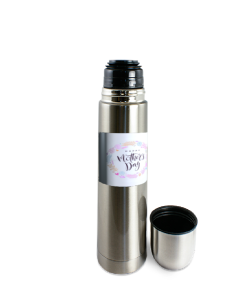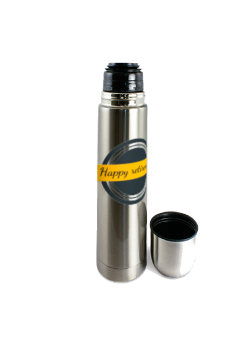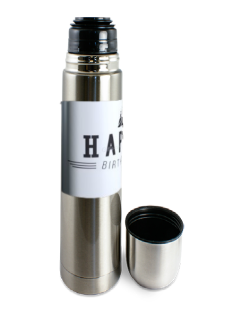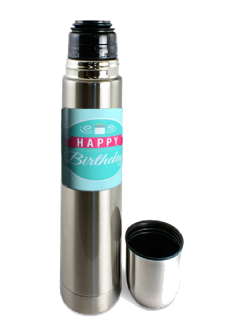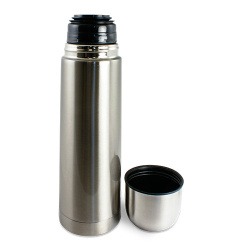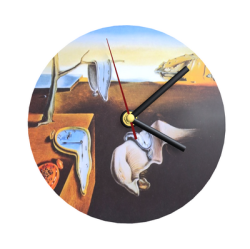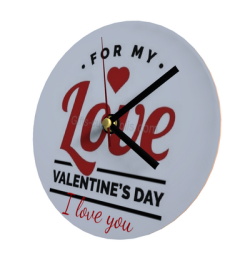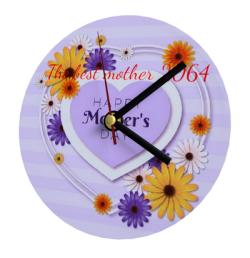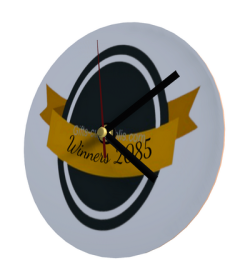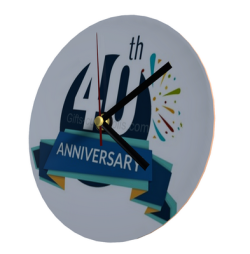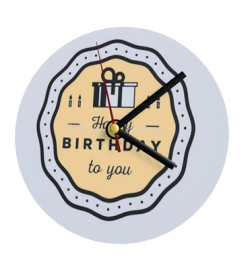Insulated bottle with...
Insulated bottle In the USA The first fully automatic machine for making various types of glass bottles and jars did not appear until 1903, when an employee of a Toledo, Ohio fireplace lamp company named Michael J. Owens put the Owens bottle machine into commercial use. The Owens bottle machine revolutionised the industry by enabling the inexpensive and large-scale production of glass bottles. Together with the Crown bottle stopper, it also helped stimulate the soft drink industry on a large scale. By 1920, most bottles were produced on Owens machines or on machines based on Owens' invention. In the early 1940s, manufacturers began using blow moulding machines to produce plastic bottles. Blow moulding is a process in which tiny pellets of plastic resin are heated and forcefully injected into a mould in the shape of the product. As the product cools, it takes on the shape of the mould. The first plastic bottles were squeezable and made of polyethylene. Nat Wyeth, a relative of the American artist Andrew Wyeth, designed the first plastic bottle strong enough to hold soft drinks for the Du Pont company. An isothermal bottle to personalize it has become a priority! You'll find it at Gifts-custopolis.com without a doubt. Gift idea for, unusual gift idea, unusual gift to personalize, unusual gifts mother's day, unusual gift idea mother's day, original gift mamma
- Personalisable





































